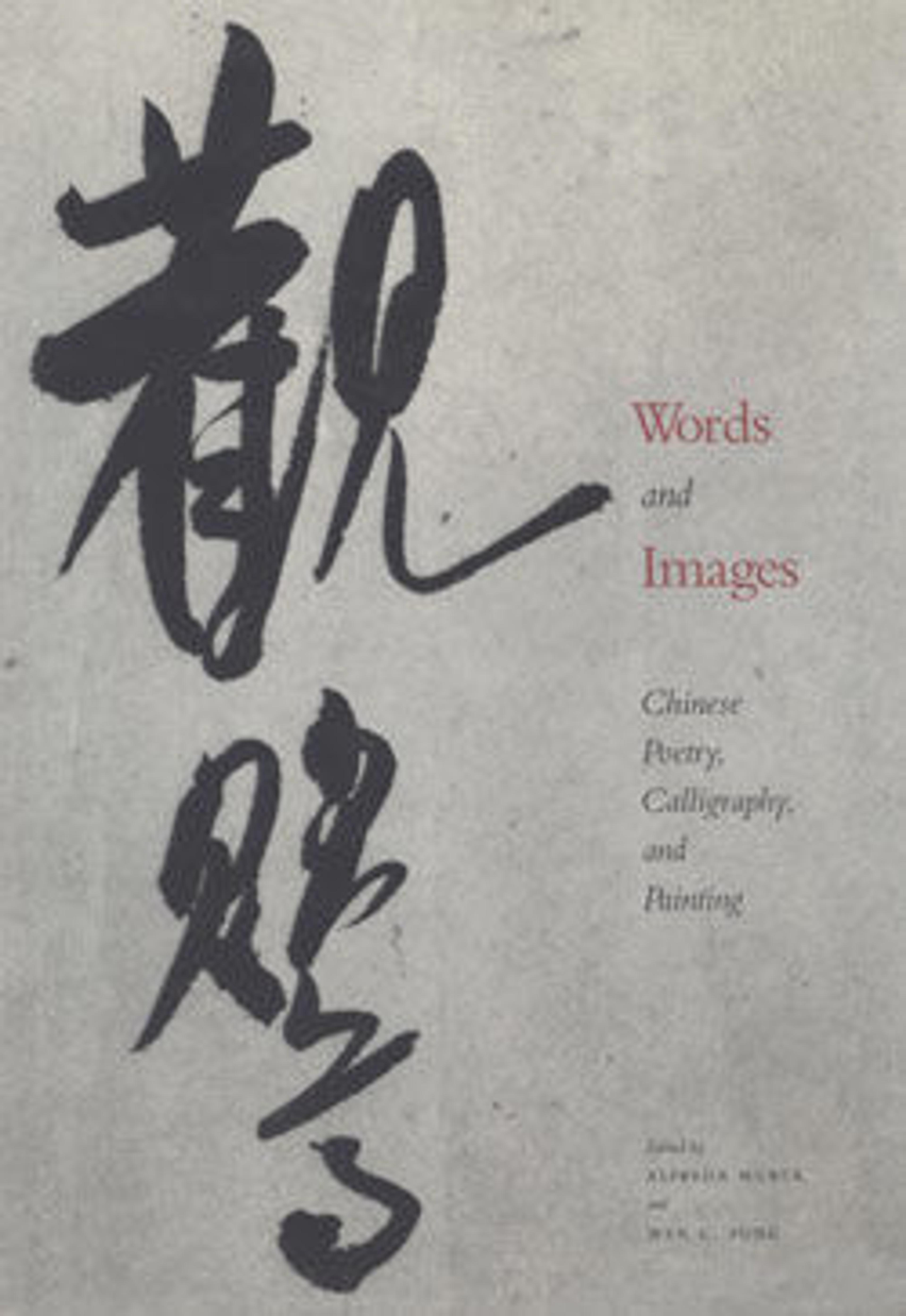Drunken fisherman by a reed bank
The fisherman, symbol of the scholar in retirement, is drunk and fast asleep under the awning of his boat, oblivious to the cares of the world. Tang Yin expands upon the meaning of his painting in the accompanying poem:
Punting pole stuck in the reeds, he ties up his skiff;
Late at night, the moon climbs to the top of the pole.
The old fisherman is dead drunk, call him, he won't wake up,
In the morning he rises, frost-prints on the shadow of his raincoat.
(Jonathan Chaves, trans., "Some Relationships Between Poetry and Painting in China," Renditions, vol. 6 [1976], p. 90)
Punting pole stuck in the reeds, he ties up his skiff;
Late at night, the moon climbs to the top of the pole.
The old fisherman is dead drunk, call him, he won't wake up,
In the morning he rises, frost-prints on the shadow of his raincoat.
(Jonathan Chaves, trans., "Some Relationships Between Poetry and Painting in China," Renditions, vol. 6 [1976], p. 90)
Artwork Details
- 明 唐寅 葦渚醉漁圖 軸
- Title:Drunken fisherman by a reed bank
- Artist:Tang Yin (Chinese, 1470–1524)
- Period:Ming dynasty (1368–1644)
- Date:early 16th century
- Culture:China
- Medium:Hanging scroll; ink on paper
- Dimensions:Image: 28 7/16 x 14 9/16 in. (72.2 x 37 cm)
Overall with mounting: 64 3/4 x 21 in. (164.5 x 53.3 cm)
Overall with knobs: 64 3/4 x 23 3/4 in. (164.5 x 60.3 cm) - Classification:Paintings
- Credit Line:Bequest of John M. Crawford Jr., 1988
- Object Number:1989.363.55
- Curatorial Department: Asian Art
More Artwork
Research Resources
The Met provides unparalleled resources for research and welcomes an international community of students and scholars. The Met's Open Access API is where creators and researchers can connect to the The Met collection. Open Access data and public domain images are available for unrestricted commercial and noncommercial use without permission or fee.
To request images under copyright and other restrictions, please use this Image Request form.
Feedback
We continue to research and examine historical and cultural context for objects in The Met collection. If you have comments or questions about this object record, please contact us using the form below. The Museum looks forward to receiving your comments.
